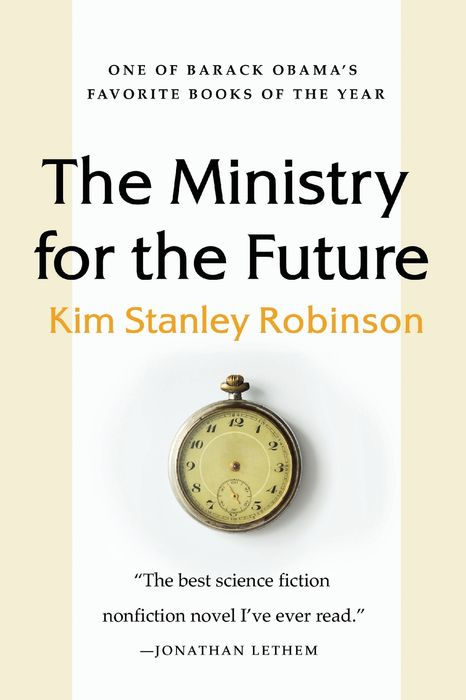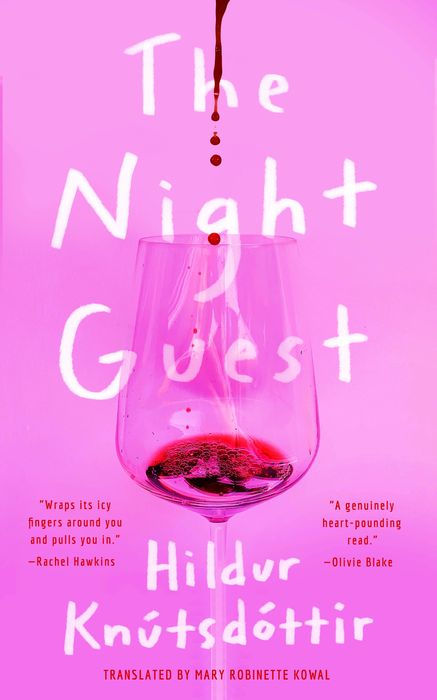(no subject)
As a book, Paris in Ruins has a bit of a tricky task. Its argument is that the miserable events in Paris of 1870-71 -- double siege, brutal political violence, leftists and political reformers who'd hoped for the end of the Glittering and Civilized but Ultimately Authoritarian Napoleon III Empire getting their wish in the most monkey's paw fashion imaginable -- had a lasting psychological impact on the artists who would end up forming the Impressionist movement that expressed itself through their art. Certainly true! Hard to imagine it wouldn't! But in order to tell this story it has to spend half the book just explaining the Siege and the Commune, and the problem is that although the Siege and the Commune certainly impacted the artists, the artists didn't really have much impact on the Siege and the Commune ... so reading the 25-50% section of the book is like, 'okay! so, you have to remember, the vast majority of the people in Paris right now were working class and starving and experiencing miserable conditions, which really sets the stage for what comes next! and what about Berthe Morisot and Edouard Manet, our protagonists? well, they were not working class. but they were in Paris, and not having a good time, and depressed!' and then the 50-75% section is like 'well, now the working class in Paris were furious, and here's all the things that happened about that! and what about Berthe Morisot and Edouard Manet, our protagonists? well, they were not in Paris any more at this point. But they were still not having a good time and still depressed!'
Sieges and plagues are the parts of history that scare me the most and so of course I am always finding myself compelled to read about them; also, I really appreciate history that engages with the relationship between art and the surrounding political and cultural phenomena that shapes and is shaped by it. So I appreciated this book very much even though I don't think it quite succeeds at this task, in large part because there is just so much to say in explaining The Siege and The Commune that it struggles sometimes to keep it focused through its chosen lens. But I did learn a lot, if sometimes somewhat separately, about both the Impressionists and the sociopolitical environment of France in the back half of the 19th century, and I am glad to have done so. I feel like I have a moderate understanding of dramatic French upheavals of the 1860s-80s now, to add to my moderate understanding of French upheavals in the 1780s-90s (the Revolution era) and my moderate understanding of French upheavals in the 1830s-40s (the Les Mis era) which only leaves me about six or seven more decades in between to try and comprehend.


